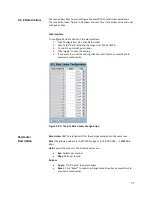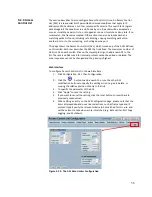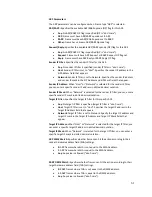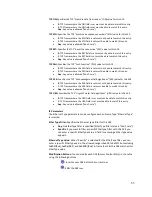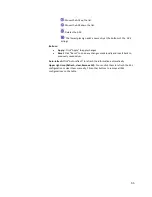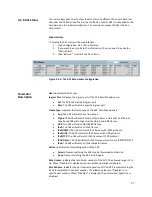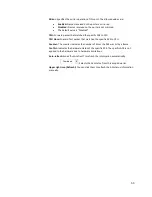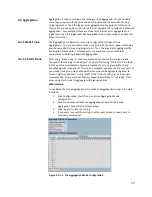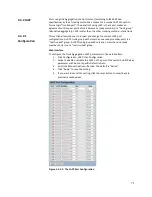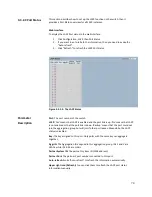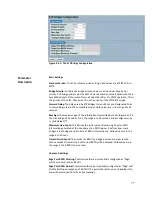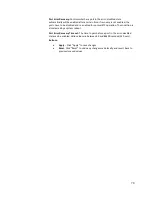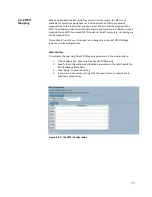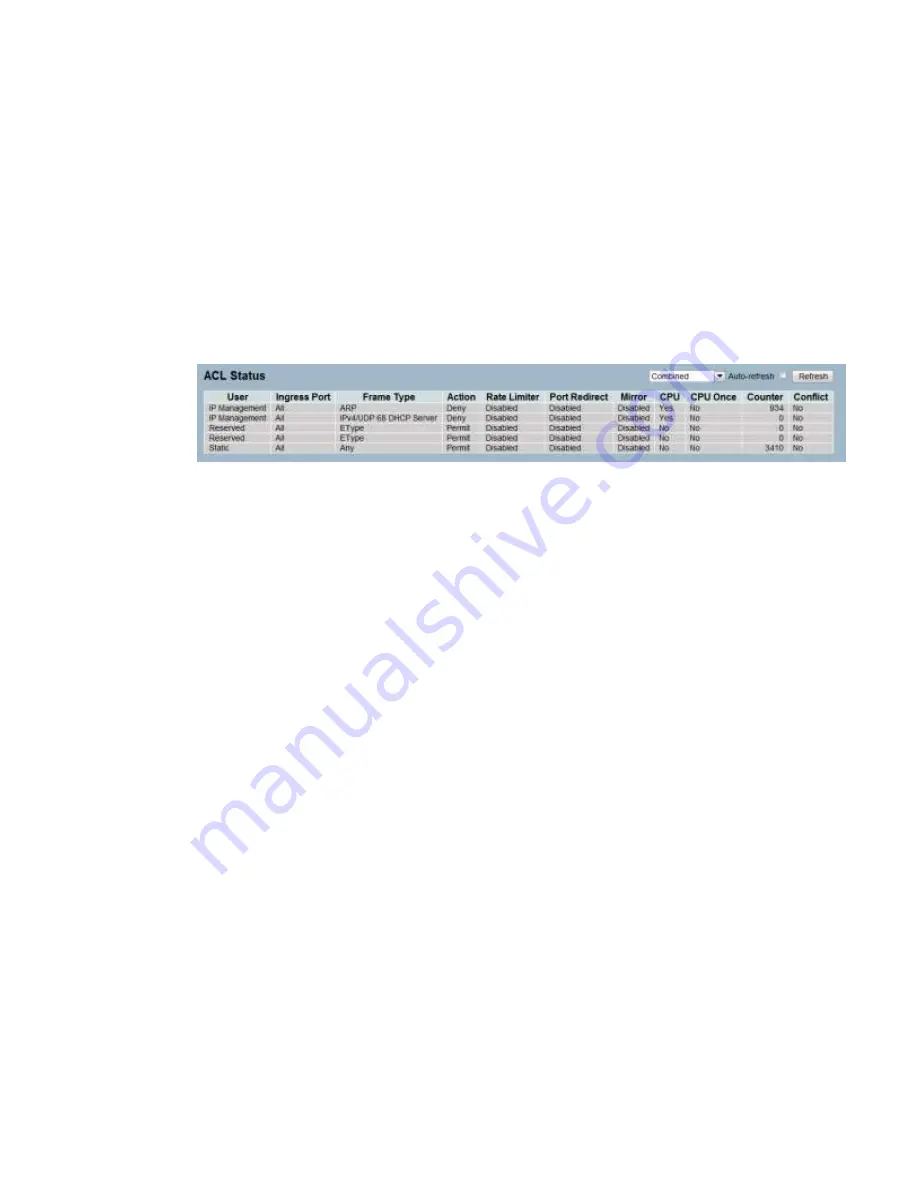
67
3-2.4 ACL Status
Parameter
Description
The section describes how to show the ACL status by different ACL users. Each row
describes the ACE that is defined. It is a conflict if a specific ACE is not applied to the
hardware due to hardware limitations. The maximum number of ACEs is 256 on
each switch.
Web Interface
To display the ACL status in the web interface:
1.
Click Configuration, ACL, then ACL status.
2.
If you want to auto-refresh the information, then you need to evoke the
“Auto-refresh”.
3.
Click “Refresh“ to refresh the ACL Status.
Figure 3-2.4: The ACL Rate Limiter Configuration
User:
Indicates the ACL user.
Ingress Port:
Indicates the ingress port of the ACE. Possible values are:
All:
The ACE will match all ingress port.
Port:
The ACE will match a specific ingress port.
Frame Type:
Indicates the frame type of the ACE. Possible values are:
Any:
The ACE will match any frame type.
EType:
The ACE will match Ethernet Type frames. Note that an Ethernet
Type based ACE will not get matched by IP and ARP frames.
ARP:
The ACE will match ARP/RARP frames.
IPv4:
The ACE will match all IPv4 frames.
IPv4/ICMP:
The ACE will match IPv4 frames with ICMP protocol.
IPv4/UDP:
The ACE will match IPv4 frames with UDP protocol.
IPv4/TCP:
The ACE will match IPv4 frames with TCP protocol.
IPv4/Other:
The ACE will match IPv4 frames, which are not ICMP/UDP/TCP.
IPv6:
The ACE will match all IPv6 standard frames.
Action:
Indicates the forwarding action of the ACE.
Permit:
Frames matching the ACE may be forwarded and learned.
Deny:
Frames matching the ACE are dropped.
Rate Limiter:
Indicates the rate limiter number of the ACE. The allowed range is 1 to
16. When “Disabled” is displayed, the rate limiter operation is disabled.
Port Redirect:
Indicates the port redirect operation of the ACE. Frames matching the
ACE are redirected to the port number. The allowed values are “Disabled” or a
specific port number. When “Disabled” is displayed, the port redirect operation is
disabled.





